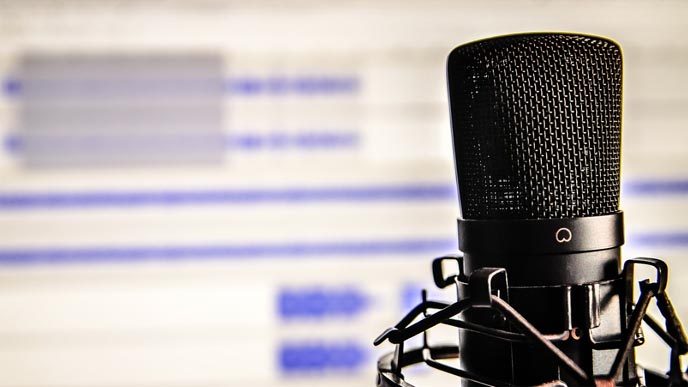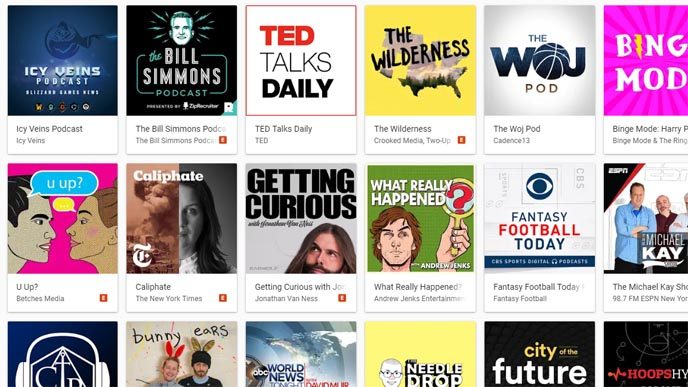In the extra early days of blogging, well before anyone even considered the remote possibility that they could make a very comfortable living doing it, blogs weren’t much more that personal diaries or journals that were made accessible to the public over the Internet. And they were almost entirely made up only of text.
Even today, so many years later, the majority of regular blog posts — much like this one — are composed mostly of text. They’re words on a screen that someone else, somewhere else in the world, is reading. There’s much more of a potential business attached to the venture these days, of course, and that’s likely part of the reason why you are reading these words that I am typing.
Things change. Technology changes and preferences change too. Today, even if a blog post is made up primarily of text, most people would generally agree that you should break up that text with some visual interest. From there, everyone said that video was the “next big thing” and that you should be vlogging. Or at least producing some sort of video content, whether on YouTube, Facebook, Instagram or natively on your site.
Return of the Mic
But it looks like one of the biggest emerging battlegrounds is audio. And that’s where podcasts come in.

The thing, as I’m sure you’re already aware, is that podcasts are hardly new. They’ve been around for years. The difference is how most of us choose to consume our podcasts these days. And the barriers to entry are so much lower, just as they’ve been lowered for blogging and video content creation too.
I still remember when I had an older iPod nano. I would plug it into my computer, launch the iTunes desktop application, and download the latest episodes of some of my favorite podcasts. I’d then transfer those podcasts to my iPod via iTunes so I could listen to them later. These days, though, it’s much more likely that people are going to stream their favorite podcasts through services like Spotify or Google Play Music.

As much as things change, though, some things seem to stay the same. Whereas we basically have built-in, plug-and-play type monetization systems for blogging, online videos, and even influencer marketing, there is less of an obvious ecosystem for podcasts until you’ve reached a certain level of popularity. The barriers to entry, in that regard, are still higher than through other mediums.
Make Money Podcasting?
We all know at this point that blogging isn’t enough on its own. You should also know that even if there is an “easy” system for monetization, like Google AdSense, that’s not enough on its own either. In this way, it’s really hard to think of your podcast as your primary business.
Instead, it needs to be an extension of your main business. Or, at the very least, it’s just one arm in a multi-faceted business.
While there are some exceptions to this, most beginning podcasters in particular shouldn’t think of their podcasts as a big source of revenue. Not directly. Rather, you should frame your objectives and goals of your podcast in a different light. A great example of this is what HubSpot did by launching three podcasts in three years. They dabbled a bit in monetization by trying to lead listeners to buy one of their products, but the main goals were different.
With one podcast, the main goal was that of branding. It was about using storytelling as a means of elevating the company’s brand, further advancing their position in the marketplace as a respected thought leader and expert. With a second podcast, the objective was to reach new audiences via a mass appeal podcast. These are people who may not have otherwise looked up a business-oriented podcast. And the third podcast aimed to bring in search traffic by targeting specific keywords.
You’ll notice that in all three instances, it wasn’t about the podcast generating revenue on its own. Instead, it all fed into the bigger business of HubSpot. Podcasts can have tremendous value to pro bloggers, Internet marketers, and thought leaders. They just have to go in with the right objectives in mind.
